A hybrid car combines an internal combustion engine (ICE) with an electric motor to achieve improved fuel efficiency and reduced emissions. This innovative technology has gained popularity due to its environmental benefits and potential cost savings. In this article, we will delve into answering what a hybrid car, the workings of hybrid cars, their advantages, challenges, and the future of this eco-friendly automotive solution is.
Types of Hybrid Cars
There are several types of hybrid cars, each with its unique configuration:
1. Series Hybrid
The internal combustion engine (ICE) doesn’t directly drive the wheels in a series hybrid. Instead, it charges the battery, which powers the electric motor that propels the car. This design eliminates the need for a mechanical connection between the ICE and the wheels.
2. Parallel Hybrid
In a parallel hybrid, both the internal combustion engine and the electric motor work together to power the vehicle. Depending on the driving conditions, the car can be propelled by either the ICE, the electric motor, or both simultaneously.
3. Series-Parallel Hybrid
This type of hybrid combines elements of both series and parallel hybrids. The vehicle can operate with the ICE alone, the electric motor alone, or a combination of both, offering greater flexibility and efficiency.
4. Plug-in Hybrid Electric Vehicles (PHEVs)
PHEVs are similar to regular hybrids but have larger battery packs that can be charged by plugging them into an electrical outlet. This enables them to run longer distances on electric power alone, reducing the dependence on the internal combustion engine.
5. Mild Hybrid
In a mild hybrid, the electric motor assists the internal combustion engine but cannot independently propel the vehicle. The electric motor primarily helps in start-stop situations and provides some efficiency gains.
How Hybrid Cars Work
Hybrid cars utilize a combination of components to operate efficiently:
1. Internal Combustion Engine (ICE)
The ICE runs on gasoline or another fuel source, providing power to the vehicle when needed, especially during high-speed driving or when more acceleration is required.
2. Electric Motor(s)
Electric motors are powered by a battery and can either work alongside the ICE or independently to propel the car at lower speeds or during light driving conditions.
3. Battery Pack
The battery pack stores electrical energy generated during regenerative braking or from the ICE. This energy is used to power the electric motor and assists the ICE during acceleration.
4. Regenerative Braking System
Hybrid cars use regenerative braking, a process where the electric motor acts as a generator during braking, converting kinetic energy into electrical energy, which is then stored in the battery for later use.
Notable Hybrid Cars In The Market
Nowadays, most manufacturers are switching towards a more electrified future. While most are yet to fully get into electrification, some still offer great fuel-efficient hybrids. Here are five of the best hybrid cars on offer in 2023.
1. 2023 Honda Accord Hybrid
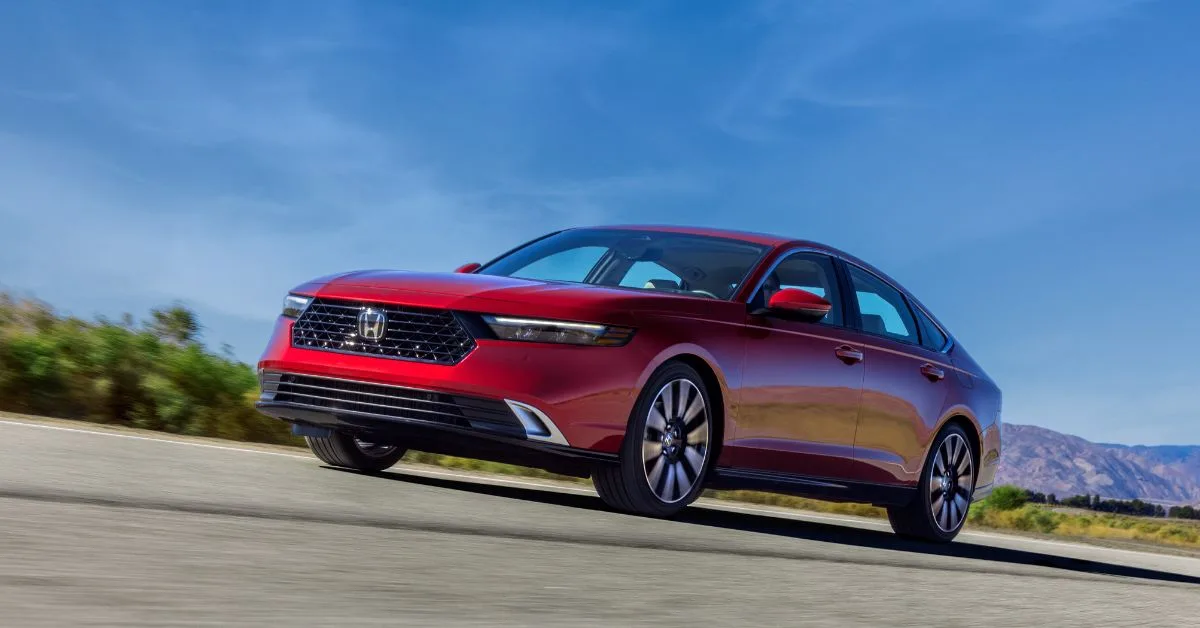
The 2023 Honda Accord is a great mid-size family sedan that still thrives in the harsh market dominated by SUVs. Unlike its competitors, the 2023 Honda Accord offers a lower purchase price, better handling, and better fuel economy.
For the 2023 model year, Honda offers six Accord trims, four of which are hybrids. The hybrid variants offer some additional features, including a leather-wrapped steering wheel, 19-inch wheels, and a 12.3-inch infotainment touchscreen. The hybrid trims also get a more potent engine, a 2.0-liter 4-cylinder engine with two electric motors that produce a combined 204 hp and 247 lb-ft of torque.
2. 2023 Toyota Corolla Hybrid
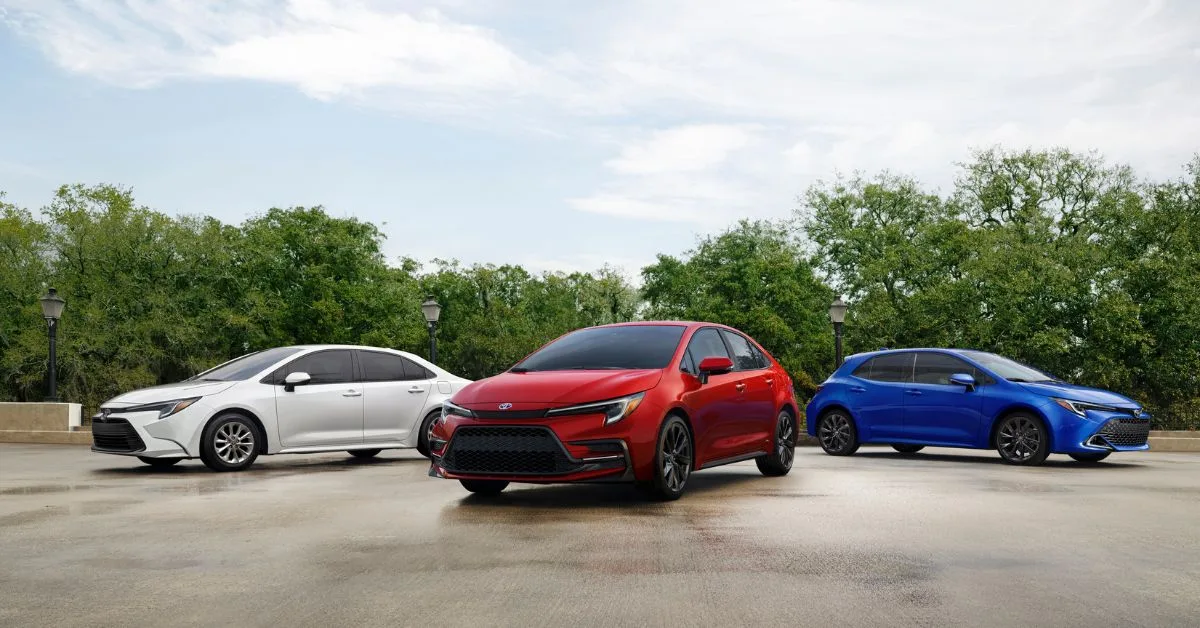
The Corolla has been one of the brand’s most reliable vehicles. For the 2023 model year, the Toyota Corolla doubles down on hybrid technology, offering four new hybrid trims. Toyota improves Corolla’s hybrid system, thus providing better performance.
The 2023 Toyota Corolla also receives a safety upgrade, boasting Toyota’s Safety Sense 3.0. all 2023 Toyota Corolla hybrid variants get a 1.8-liter 4-cylinder engine with two electric motors for a combined 138 hp and 156 lb-ft of torque.
3. 2023 Toyota Highlander Hybrid
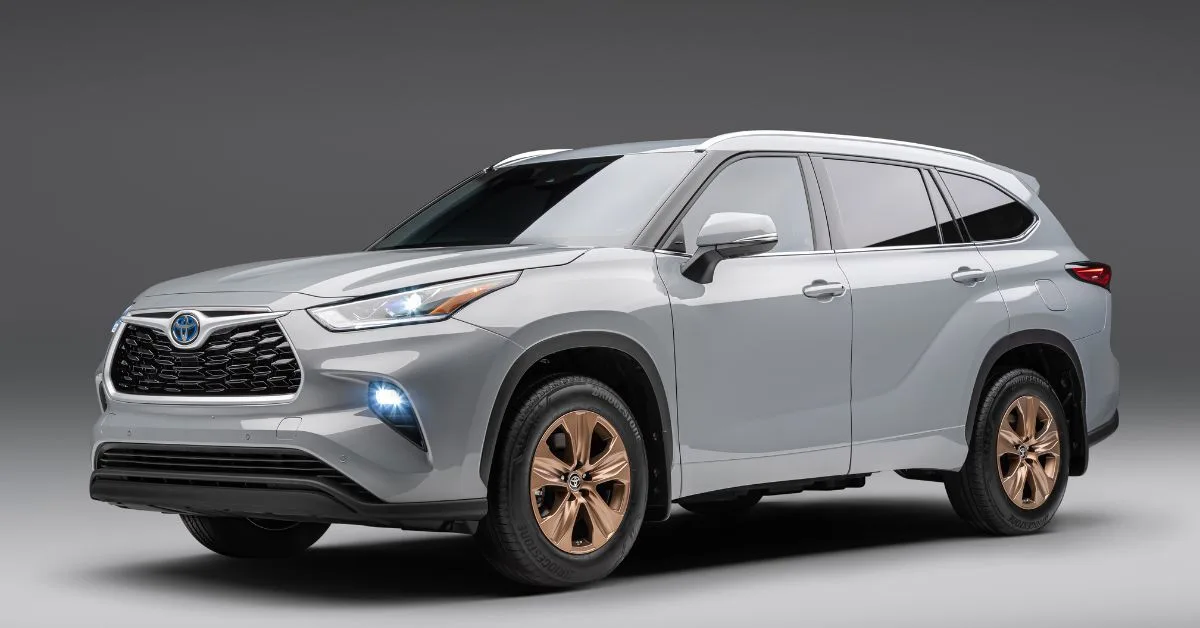
The Toyota Highlander is among the bestselling three-row SUV for a reason; it’s a reliable, efficient, and comfortable SUV with a great-looking design. While the 2023 lineup completely does away with the V6 powertrain, its successor is a more efficient 4-cylinder engine. The 2023 Toyota Highlander also offers a great selection of modern conveniences, making it an ideal family SUV.
While the base Toyota Highlander trims get a 265 hp 2.4-liter 4-cylinder engine, the hybrid trims get a 2.5-liter 4-cylinder engine with two electric motors for a combined 243 hp. The hybrid isn’t the most powerful powertrain on the lineup, but it offers buyers a more fuel-efficient option that doesn’t give up much performance.
4. 2023 Toyota Prius
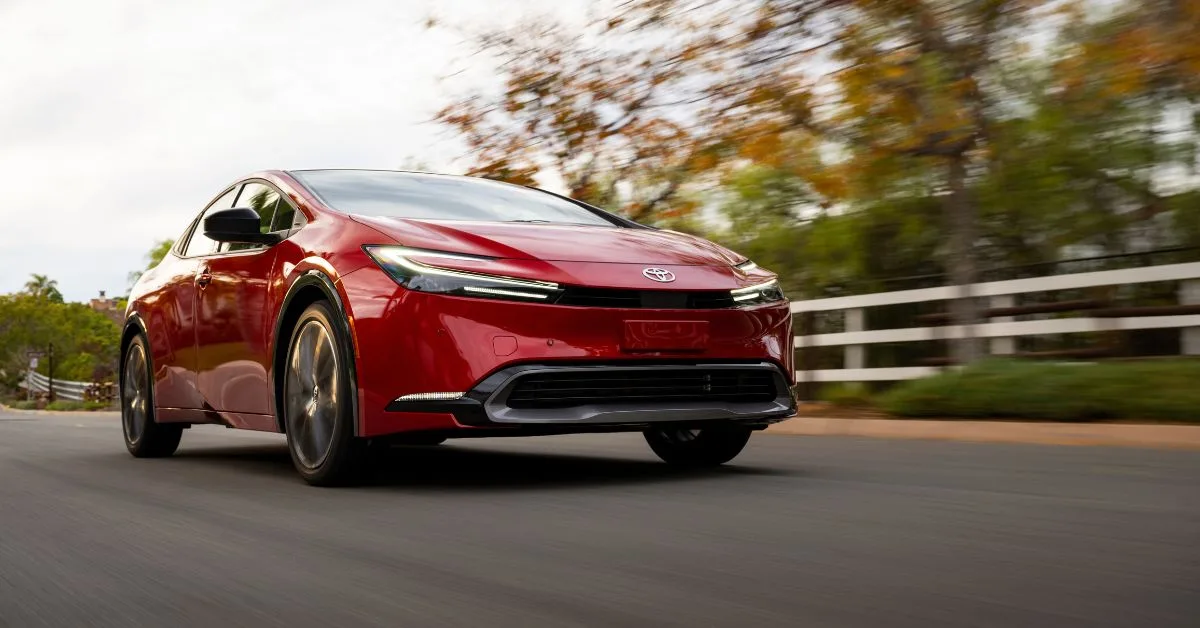
Toyota completely redesigned the Prius in 2023, turning it from an ugly duckling into a true beauty. The redesign gives the 2023 Toyota Prius a more comfortable ride, an updated interior, and improved handling. The Prius also gets more power while retaining its best-in-class fuel efficiency.
For the 2023 model year, Toyota offers a single hybrid powertrain for all Prius models, a 2.0-liter 4-cylinder engine with an electric motor for a combined output of 194 hp. All-wheel drive models get a high output motor that ups the performance to 196 hp.
5. 2023 Kia Sorento Hybrid
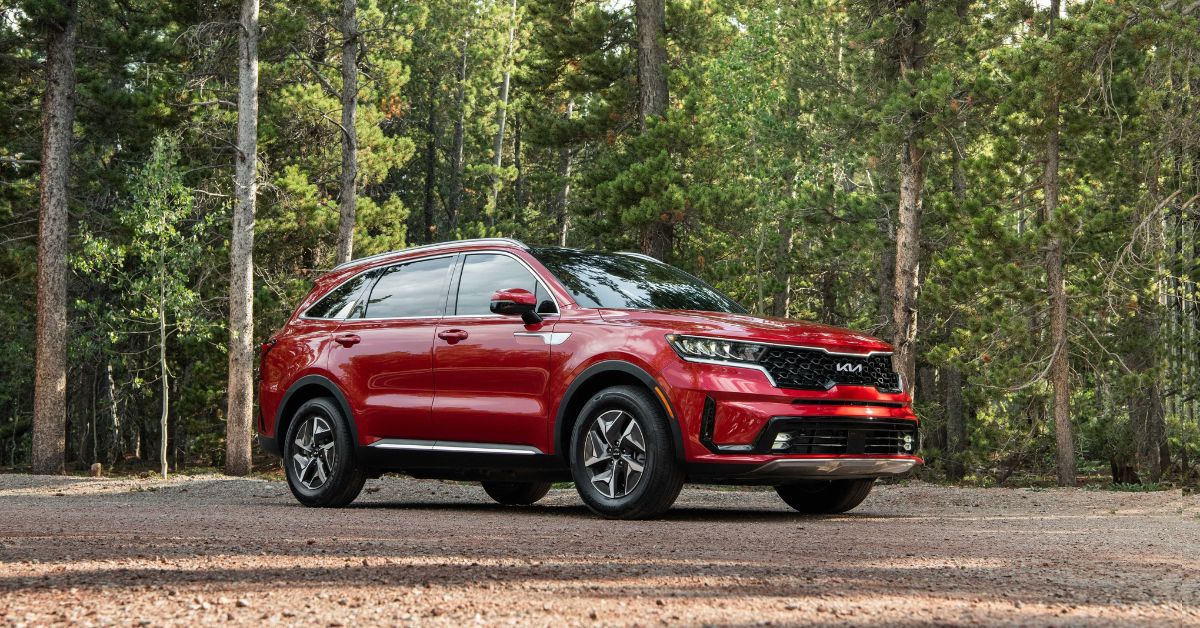
The 2023 Kia Sorento is a mid-size crossover SUV with an impressive three-row cabin. It offers ample seating for up to seven passengers, matching the utility of its larger sibling, the 2023 Kia Telluride. While the base gasoline-powered variants offer reasonable performance, the hybrid options increase both the output and efficiency.
The 2023 Kia Sorento hybrid uses a turbocharged 1.6-liter 4-cylinder engine with an electric motor for a combined 227 hp. That’s more than the 191 hp of the base trim. However, Kia also offers a more potent Sorento variant with a turbocharged 2.5-liter 4-cylinder engine producing an impressive 281 hp.
Advantages of Hybrid Cars
Improved fuel efficiency
Reduced greenhouse gas emissions
Lower operating costs
Availability of regenerative braking
Limitations of Hybrid Cars
High upfront costs
Limited charging infrastructure
Future of Hybrid Cars and Beyond
The future of hybrid cars looks promising, with ongoing advancements in technology:
- Emerging Hybrid Technologies: Manufacturers continue to refine hybrid systems, exploring more efficient designs and better battery technologies.
- Integration of Renewable Energy Sources: Hybrid cars could incorporate renewable energy sources like solar panels to recharge their batteries, further reducing dependence on fossil fuels.
- Impact of Electric Vehicles on the Hybrid Car Market: The rise of all-electric vehicles may influence the demand and development of hybrid cars, shaping the future of eco-friendly transportation.
FAQs
Are hybrid cars more expensive to maintain?
Hybrid cars often have lower maintenance costs due to regenerative braking, which reduces wear on brakes, and fewer moving parts in the electric motor.
How do hybrid cars save on fuel costs?
Hybrid cars use both the ICE and electric motor efficiently, optimizing fuel consumption and reducing trips to the gas station.
Can I plug in a regular hybrid car?
No, regular hybrid cars do not have a plug-in feature and cannot be charged externally. They recharge their batteries through regenerative braking and the ICE.
Are hybrid cars good for long-distance driving?
Yes, hybrid cars are suitable for long-distance driving, especially PHEVs, as they can rely more on the electric motor during highway cruising.
How do hybrid cars benefit the environment?
Hybrid cars emit fewer greenhouse gases and pollutants, contributing to better air quality and reducing their overall carbon footprint.
